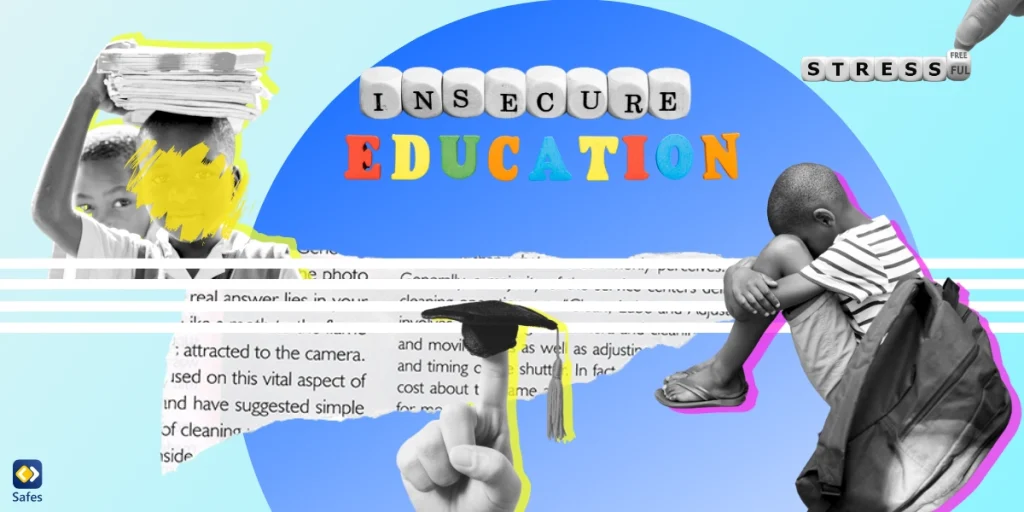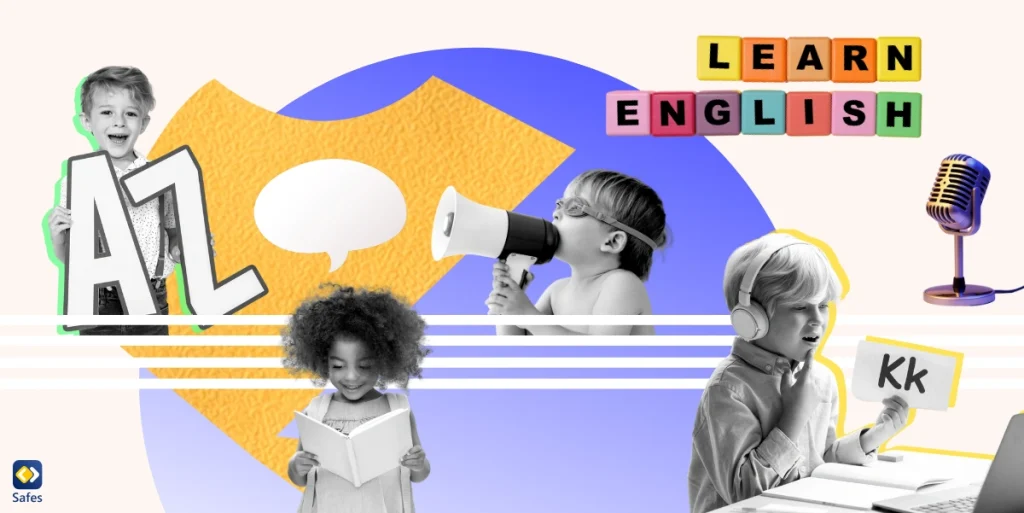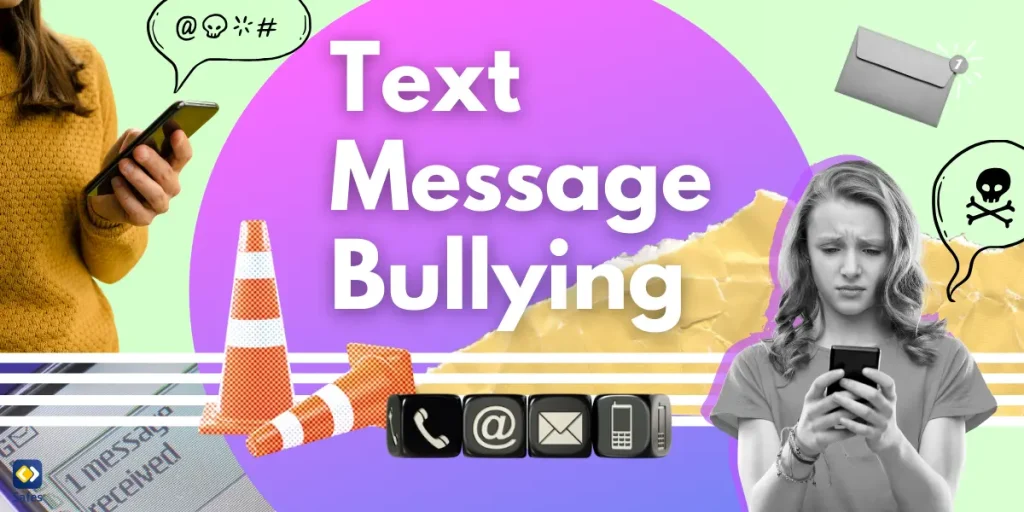The link between poverty and educational results for children is a major topic that requires our attention in today’s society. As we look deeper into this difficult issue, it becomes clear that tackling poverty’s challenges is critical for parents, educators, and legislators alike. This blog attempts to shed light on how poverty affects education, specifically in children, highlighting the significance of early detection and intervention.
The Effects of Poverty on Education
The complicated interaction between the disadvantages of poverty in education are what we have to understand before looking for a solution. This intersection includes a variety of elements that create challenges for poor people’s educational chances and results. Here are some major points on how poverty affects education:
- Financial Barriers: The financial barrier is one of the most obvious links. Poverty-stricken families sometimes struggle to afford educational basics such as school supplies, textbooks, and technology. These financial restrictions might make it difficult for students to fully engage in the learning process.
- Access to Quality Schools: Access to high-quality educational institutions might be hampered by poverty. In many circumstances, low-income communities may have underfunded schools with less resources, less experienced instructors, and fewer extracurricular possibilities. This can put pupils in these places at a disadvantage educationally.
- Educational Inequality: Poverty and education are inextricably linked, as is educational disparity. Students from low-income homes may experience discrepancies in educational quality when compared to their wealthier peers. This can result in disparities in academic attainment, graduation rates, and postsecondary options.
- Home Environment: Poverty is frequently associated with difficult household settings. Unstable housing, a lack of access to literature, and restricted educational assistance from parents as a result of economic hardship can all contribute to a less favorable learning environment.
- Health and Nutrition: Poverty may have an influence on health and nutrition, which in turn can have an impact on a student’s capacity to study. Inadequate access to nutritional meals, insufficient healthcare, and high stress levels can all have a detrimental impact on cognitive development and academic achievement.
- Socioemotional Challenges: Poverty’s emotional toll can have a substantial influence on a student’s socioemotional well-being. Stress, instability, and the difficulties of living in poverty can all interfere with focus, motivation, and positive participation in the learning process.
- Limited Access to Extracurricular Activities: Extracurricular activities are an important component of a well-rounded education because they provide students with chances for skill development, teamwork, and personal growth. Financial limitations, on the other hand, might limit a student’s involvement in these activities, thereby counting as one of the disadvantages of poverty in education.
Understanding how poverty affects education is essential for devising successful solutions to alleviate educational inequality. Efforts to increase educational equity should attempt to break down these obstacles, giving all students, regardless of economic background, equal chances to attain their full potential. Studies show that intervention can help successfully negate some of the effects of poverty on education.
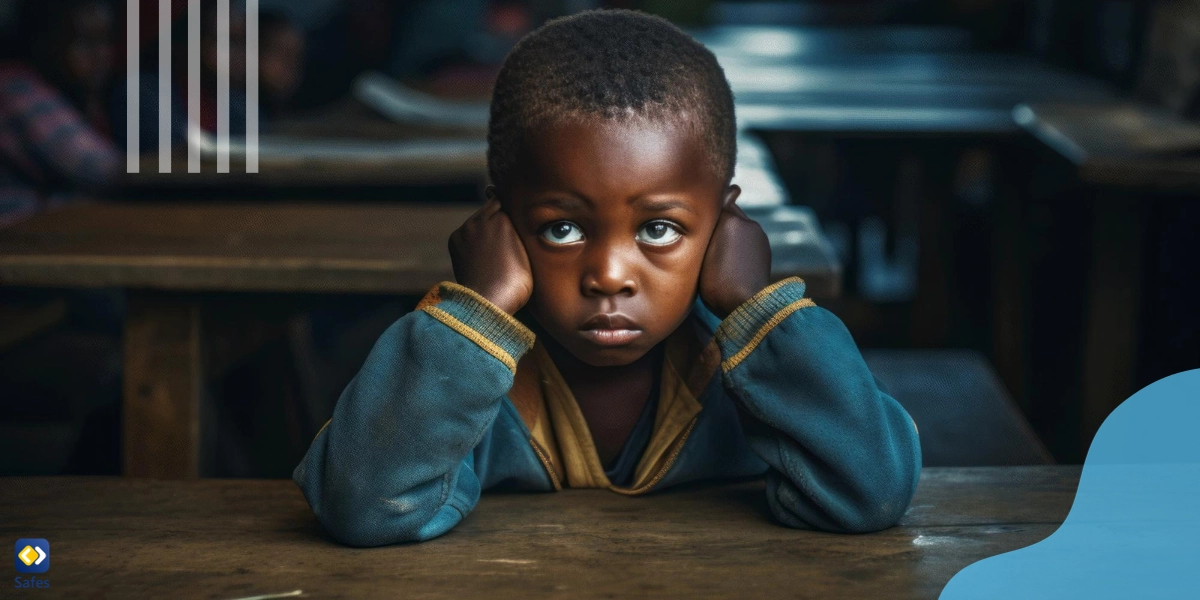
What Schools Can Do to Help Decrease the Effect of Poverty on Education
Creating equitable opportunity for poor children necessitates a multidimensional strategy involving schools, educators, legislators, and the community. Here are a few techniques that schools may use to address the obstacles that poor children experience and promote educational equity:
Equitable Funding Distribution
Advocate for and execute equitable financing policies that guarantee appropriate resources for schools in low-income communities. This includes money for qualified instructors, up-to-date instructional materials, and extracurricular activities.
Quality Teachers and Staff
Invest in teacher professional development to equip them with the abilities to handle varied learning needs, especially those of low-income pupils. Encourage the hiring and retention of experienced and skilled instructors in schools serving low-income populations.
Extended Learning Opportunities
Provide before and after-school activities to kids who may want extra academic help or a safe and productive atmosphere during non-school hours. To counteract the possible learning loss over lengthy breaks, provide summer school or enrichment activities.
Access to Technology
Ensure that all students, regardless of financial status, have access to technology and the internet for remote study and research. Use technology such as computers in school to improve educational experiences and ensure equal access to digital resources. Check out our list of cheap laptops for schools to get a head start.
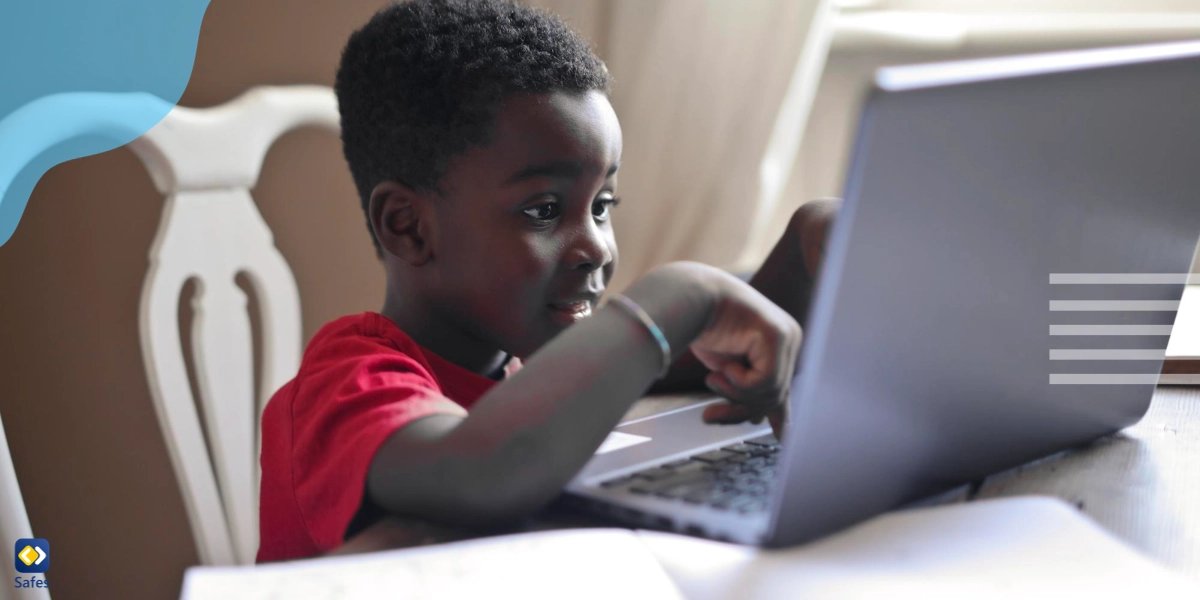
Nutrition and Wellness Programs
To address possible food insecurity, provide nutritious meals to all kids, including breakfast and lunch. Provide wellness programs and services to help students maintain their physical and emotional health.
Parental Involvement and Support
Facilitate parent-teacher conferences, workshops, and educational sessions to engage parents in their child’s education and give resources to assist home learning. Make your school a warm and inclusive atmosphere that fosters parental engagement.
Mentoring and Counseling Services
Implement mentorship programs that connect kids with good role models who can guide and assist them. Provide counseling services to pupils to meet their socioemotional needs, acknowledging the importance of school counselors for students.
Flexible Learning Environments
Recognize and cater to different learning styles and demands in the classroom. Create adaptive learning settings that cater to the diverse backgrounds and experiences of low-income students.
Community Partnerships
Collaborate with community groups, NGOs, and companies to give students and their families with more resources and assistance. Participate in projects that address the larger socioeconomic determinants of poverty, such as housing stability and healthcare access.
Data Monitoring and Interventions
Monitor and evaluate data on academic achievement, attendance, and other pertinent variables on a regular basis to identify students who may require more assistance. Implement customized interventions, such as tutoring programs or individualized learning plans, to address unique issues experienced by pupils in poverty.
Conclusion
Schools may help to create a more equitable educational system by implementing these measures, which offer every child, regardless of socioeconomic background, the chances and support they need to achieve academically and beyond. To address the underlying challenges that lead to educational gaps, schools must collaborate with communities, parents, and governments.
